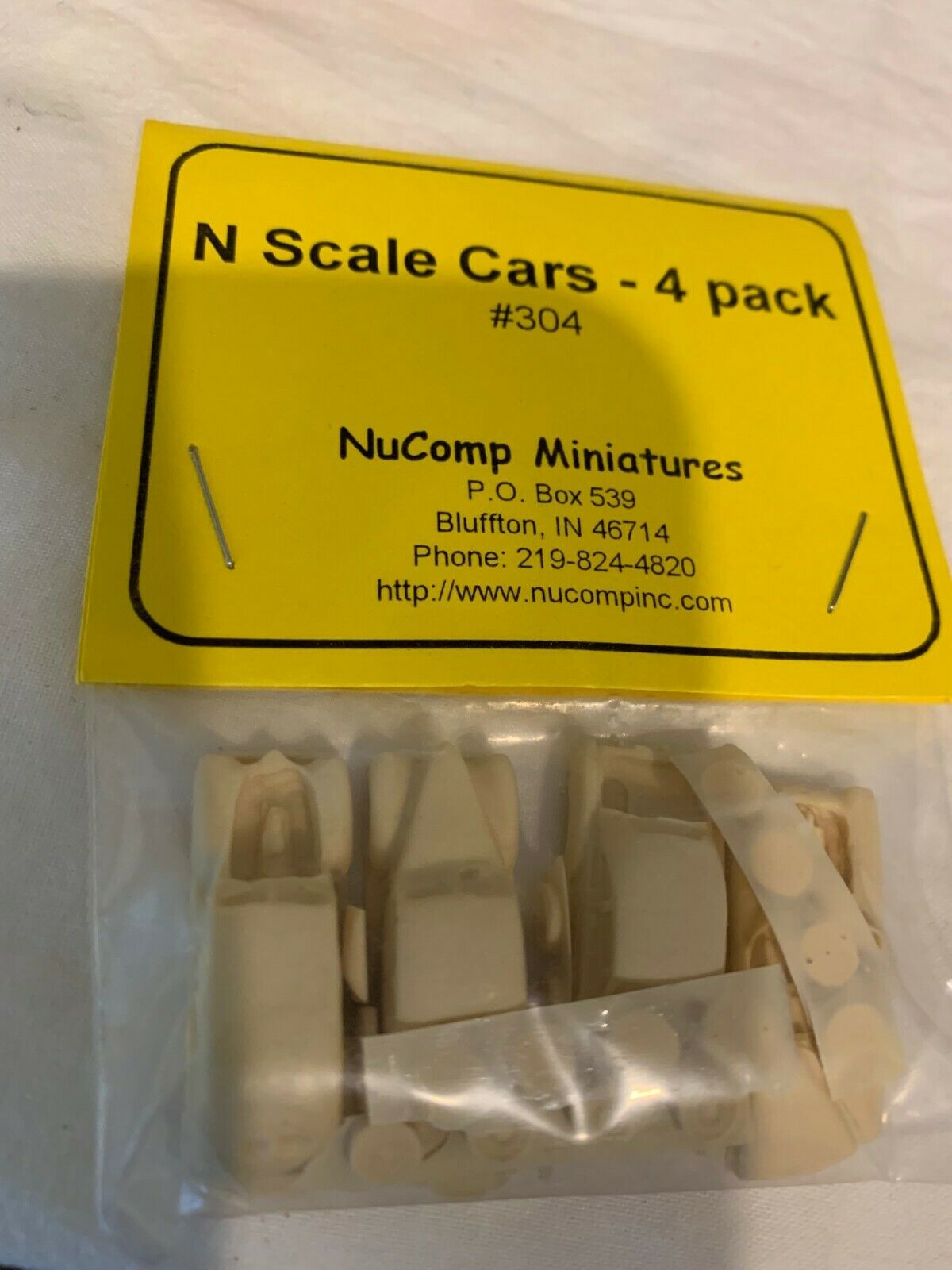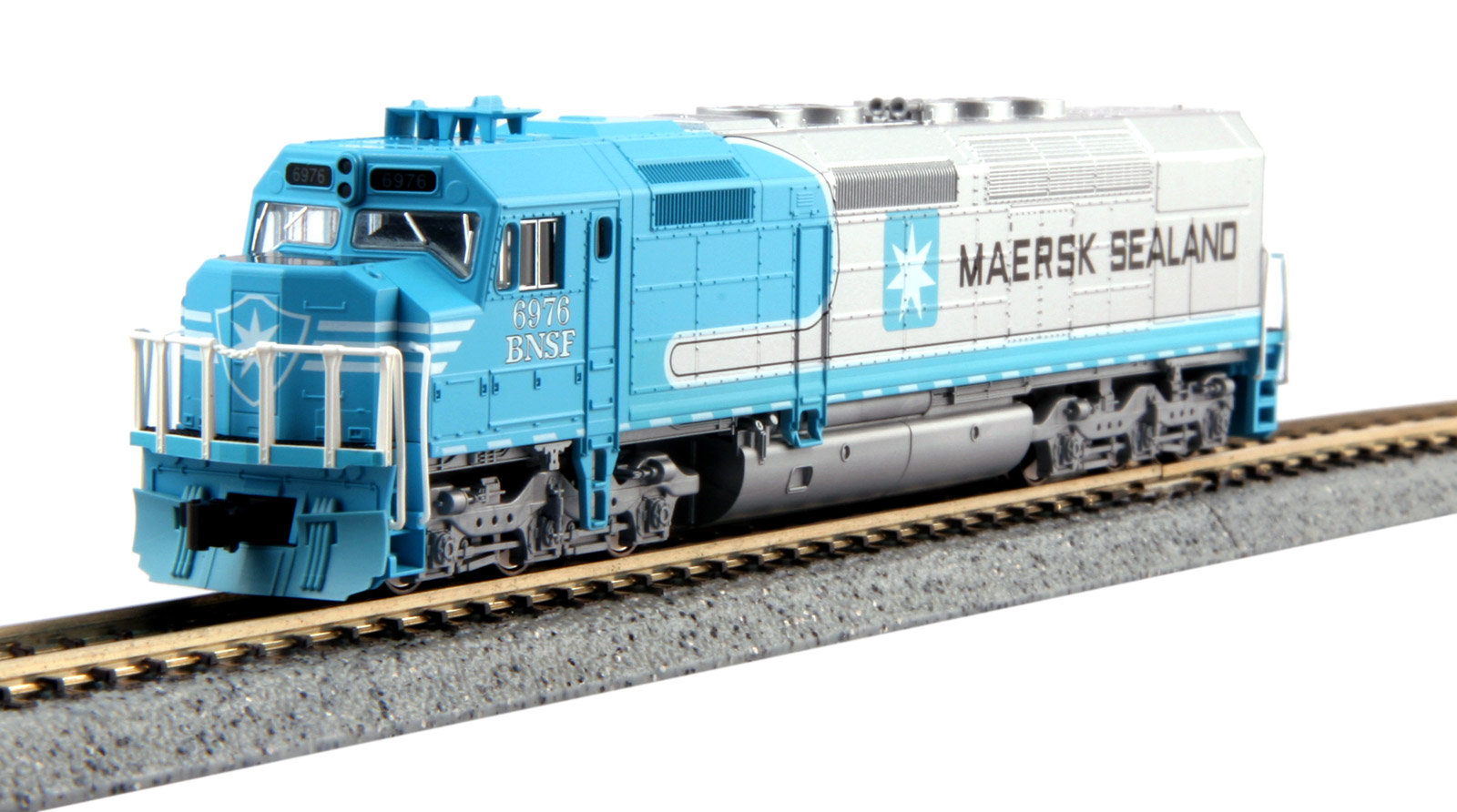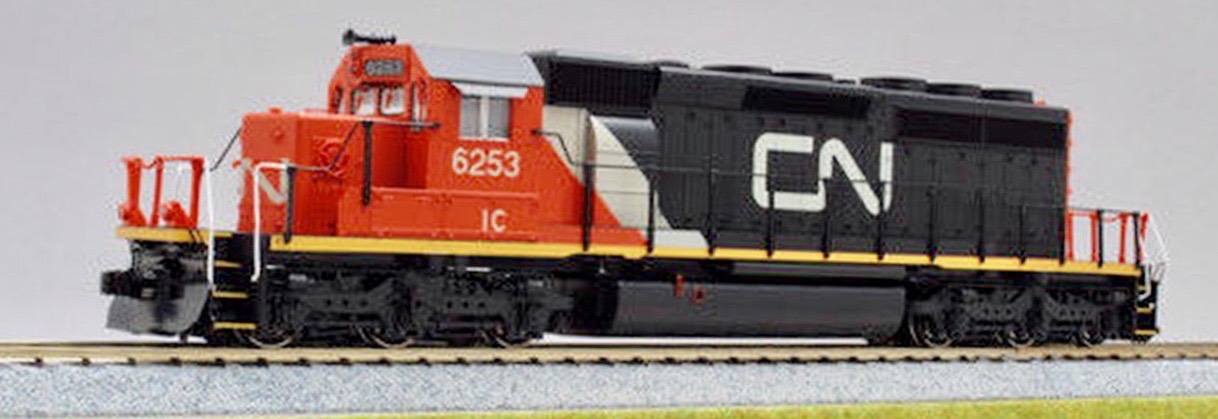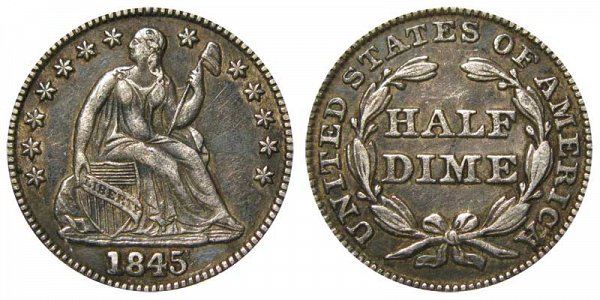Specific Item Information: The Container Express Train "Takara" was introduced in 1959 as the first dedicated container freight train in Japan between Shiodome, Tokyo and Umeda, Osaka.
Operated at that time by the former JNR, the double traction electric locomotive EH10 (Kato N-scale model item No. 3005-1) was designated to pull 24 Chiki container freight cars plus 1 caboose Yo 5000, 25 cars in total. All of the Chiki 5000 cars were painted red and the caboose was painted light green, and all were dedicated to "Takara". Moreover, the Yo 5000 caboose was equipped with an illuminated tail marker (illuminated in the N scale model, too). It was very modern at the time, as most freight trains were only painted black.
As regards container transports, only 25 of the Chiki 5000 cars were ever produced for the first "Takara." Since 1960, the Chiki 5500, an improved version equipped with a brake deck, has been mass-produced.
Operated at that time by the former JNR, the double traction electric locomotive EH10 (Kato N-scale model item No. 3005-1) was designated to pull 24 Chiki container freight cars plus 1 caboose Yo 5000, 25 cars in total. All of the Chiki 5000 cars were painted red and the caboose was painted light green, and all were dedicated to "Takara". Moreover, the Yo 5000 caboose was equipped with an illuminated tail marker (illuminated in the N scale model, too). It was very modern at the time, as most freight trains were only painted black.
As regards container transports, only 25 of the Chiki 5000 cars were ever produced for the first "Takara." Since 1960, the Chiki 5500, an improved version equipped with a brake deck, has been mass-produced.
Model Information: Kato train sets typically include track and an analog power supply as well as at least one locomotive and some rolling stock.
Road Name History:  Japanese National Railways (日本国有鉄道 Nihon Kokuyū Tetsudō), abbreviated Kokutetsu (国鉄) or "JNR", was the business entity that operated Japan's national railway network from 1949 to 1987.
Japanese National Railways (日本国有鉄道 Nihon Kokuyū Tetsudō), abbreviated Kokutetsu (国鉄) or "JNR", was the business entity that operated Japan's national railway network from 1949 to 1987.
By 1987, JNR's debt was over ¥27 trillion ($280 billion at 2009 exchange rates) and the company was spending ¥147 for every ¥100 earned. By an act of the Diet of Japan, on April 1, 1987 JNR was privatized and divided into seven railway companies, six passenger and one freight, collectively called the Japan Railways Group or JR Group.
From Wikipedia

By 1987, JNR's debt was over ¥27 trillion ($280 billion at 2009 exchange rates) and the company was spending ¥147 for every ¥100 earned. By an act of the Diet of Japan, on April 1, 1987 JNR was privatized and divided into seven railway companies, six passenger and one freight, collectively called the Japan Railways Group or JR Group.
From Wikipedia
Brand/Importer Information: Kato Precision Railroad Models (関水金属株式会社 Sekisui Kinzoku Kabushikigaisha) is a Japanese manufacturer of model railroad equipment in N and HO scales. The Tokyo-based company manufactures models based on Japanese prototypes (such as the Shinkansen bullet train) for the Japanese market, North American prototypes for the North American market and European high-speed trains for European market.
The Kato (pronounced kah-toe) model railroad companies were founded by Yuji Kato, father of current president Hiroshi Kato, of the parent company Sekisui Kinzoku Co., Ltd.
The design and distribution of models for the North American market are handled by their U.S. subsidiary, Kato USA, located in Schaumburg, Illinois.
The design of special models for the European market is handled for some of them by their partner, Lemke, whereas the general distribution of Kato products in Europe is handled by NOCH; both companies are located in Germany.
As a result, some Kato European models are sold as Kato Lemke and others as Kato (alone).
The Kato (pronounced kah-toe) model railroad companies were founded by Yuji Kato, father of current president Hiroshi Kato, of the parent company Sekisui Kinzoku Co., Ltd.
The design and distribution of models for the North American market are handled by their U.S. subsidiary, Kato USA, located in Schaumburg, Illinois.
The design of special models for the European market is handled for some of them by their partner, Lemke, whereas the general distribution of Kato products in Europe is handled by NOCH; both companies are located in Germany.
As a result, some Kato European models are sold as Kato Lemke and others as Kato (alone).
Item created by: CNW400 on 2024-04-09 16:18:56. Last edited by CNW400 on 2024-04-09 16:18:57
If you see errors or missing data in this entry, please feel free to log in and edit it. Anyone with a Gmail account can log in instantly.
If you see errors or missing data in this entry, please feel free to log in and edit it. Anyone with a Gmail account can log in instantly.








